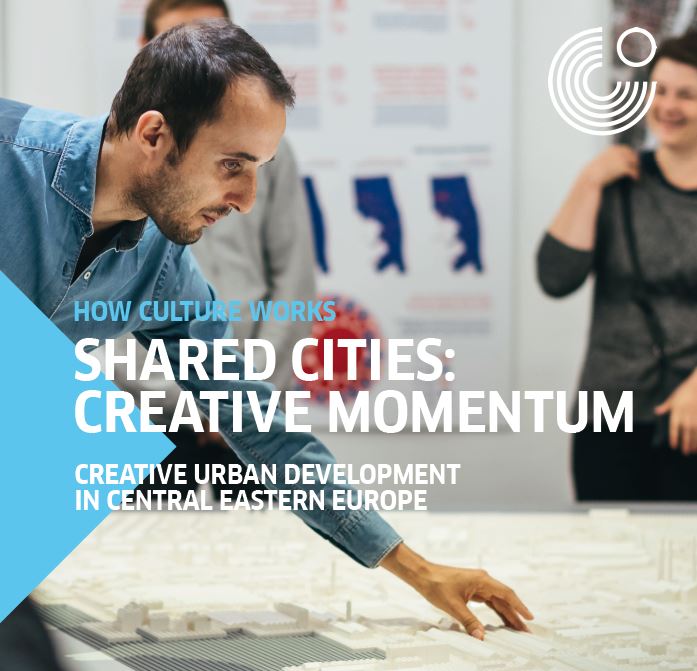
How Culture Works
"DOES EVERYTHING ALWAYS HAVE TO BE ASSESSED?" No. But when cultural work is financed with public funds, there is a necessity to evaluate.
Prague Permanent linkWhat sparked KÉK’s interest in the Csepel Island? What changes did they want to happen on Csepel Island? Find the answers to these and many more questions in the interview with Bálint Horváth from KÉK, Budapest, Hungary.
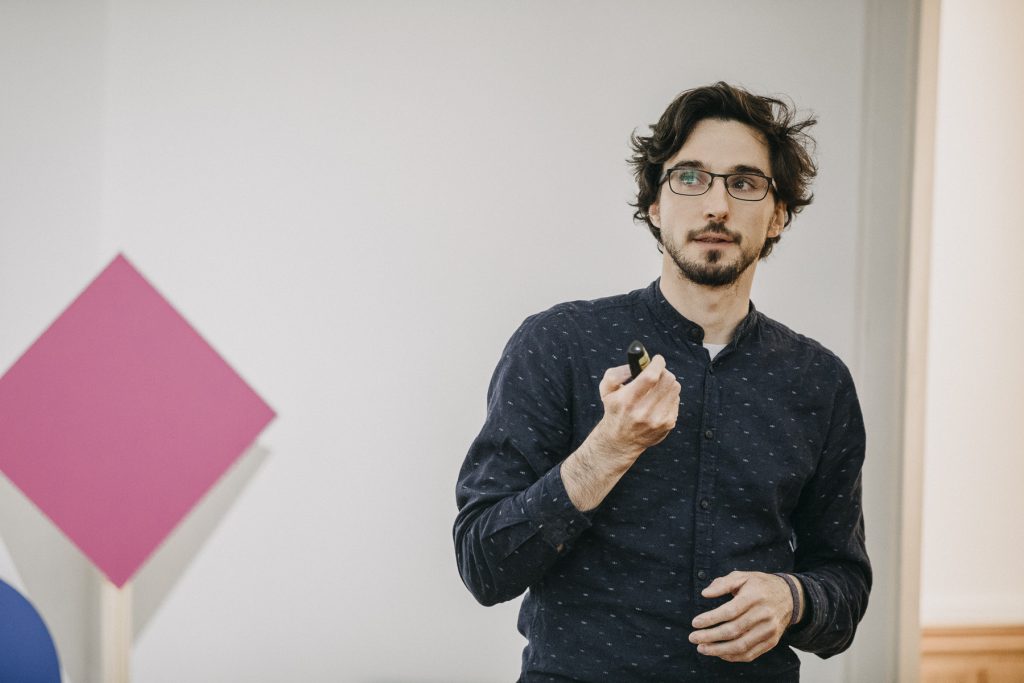
©Jakub Červenka
+++++++++++++++++++++++++++++++++++++++++++++++++++++++++++++
By Martina Peachment Brehmer
Let’s take it from the beginning – what sparked KÉK’s interest in the Csepel Island?
We wanted to develop a new leg to KÉK’s primary programme that dealt with cultural institutions – one that would focus on SMEs. For us, the Csepel Island – a long neglected plant area with a history of heavy industry – was a great place to start as many service-based and high-added-value businesses have been bringing life back to Csepel and a lot of changes have been taking place in the area recently.
What changes did you want to happen on Csepel Island?
Our long-term goal was to test the methodologies and research methods we have been developing in KÉK in a real-life environment. I appreciate the progress the Csepel project brought to KÉK – we developed our toolkits further and have also started to build partnerships with businesses and now work with different actors – on the island and in the city of Budapest. Bringing stakeholders and actors with different backgrounds to one table is one of KÉK’s strengths.
Since the Csepel Works plant has been dissolved, almost 600 different companies have occupied the island. How do you work with diverse stakeholders with different goals?
On one hand, I appreciate the huge variety of opinions. On the other hand, there is no central decision-making body, nobody you can call when you want to talk to the Csepel Works. It took us a long time to approach the different businesses, one by one, and to gradually gain their trust. Only recently, we could start working with the Csepel stakeholders, bringing the different concepts and visions together. Today, there are more than 400 active businesses – initially, we could only work with a group of 25 that joined a local business association. Since then, we have been very active. In October, we opened an exhibition on Csepel Works and presented it inside the plant. For June, we are planning an “Open Factories Weekend” inviting people inside the plant to offer them a first-hand experience of the factories and businesses.
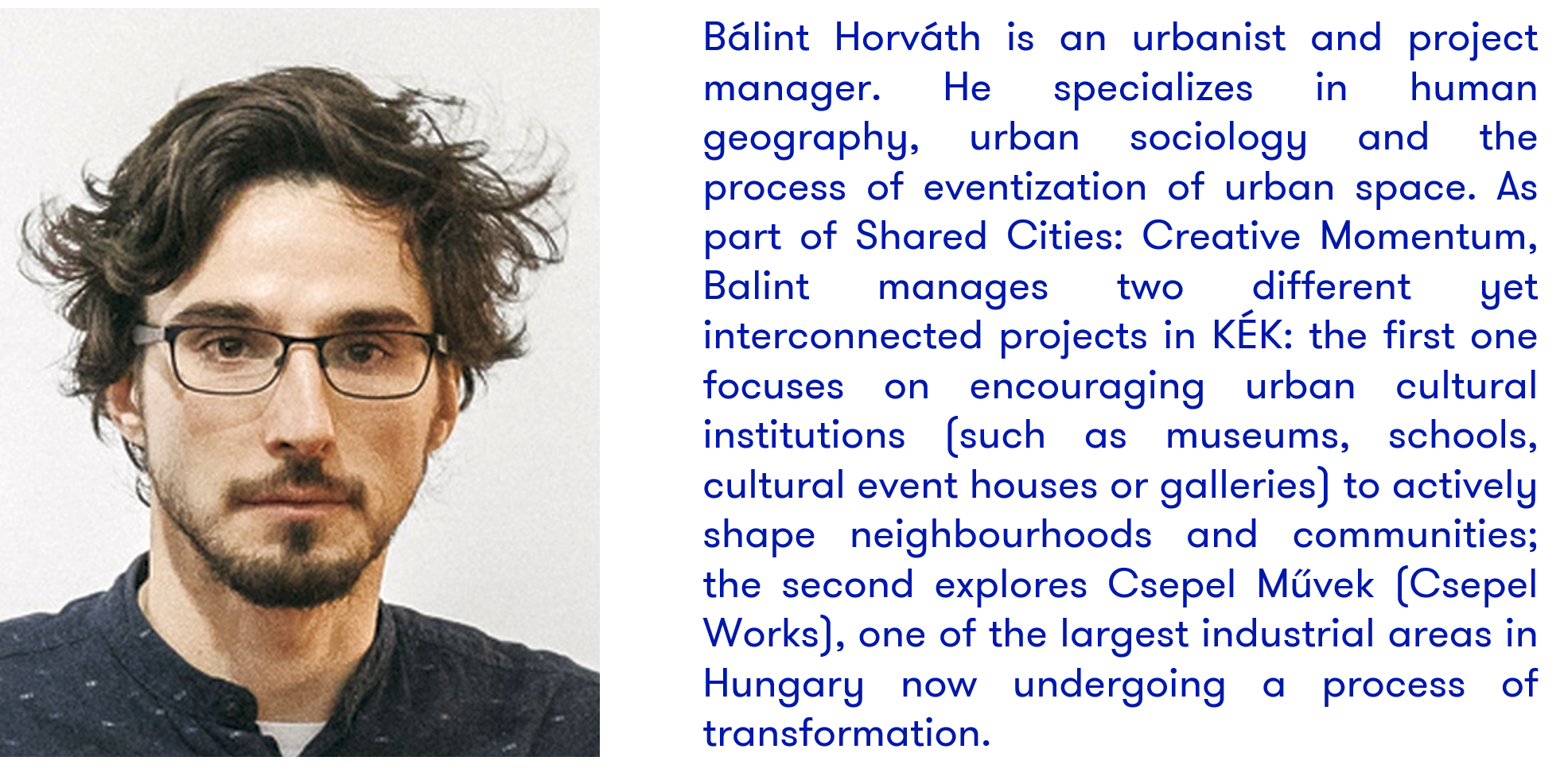
© Jakub Červenka
What are the biggest challenges you face when dealing with SMEs on Csepel?
The business activities are rather diverse – one is a large steel plant, one company runs a small bicycle shop, there is a photo studio… naturally, they all have different interests. They also differ in terms of size and scope or the way they use the land on the island– some have big trucks coming in, so their priority is that the roads are fixed. Other businesses do retail and roads are not so important to them. That’s our challenge. A first step is to create a shared vision: Should it be reconfigured? Should apartments be built? Should it be conserved as an industrial zone?
Based on KÉK’s mapping of the area, what are its most distinguishing features?
The part that we mapped is the Csepel Works area which is actually only a small part of the island. It’s densely built, with little room for new constructions in between the buildings. You can immediately see how neglected the buildings are, many places are filled with trash. Fascinating are the different ways of property use – from classic industrial functions to newer types of businesses and services like escape rooms. As the ways of use differ so significantly, conflicts are unavoidable. You can’t have cafés – for people working in galleries or studios – next industrial activities.
How are the businesses perceiving KÉK’s role – an NGO mapping the island?
The reactions are mixed, really – some people are bothered, some welcomed us, some are suspicious about whom we work for – worried it might be the municipality or a real-estate developer. Our experience from the October exhibition is that people were surprised about the knowledge of the island we gathered and how we connected the dots and presented an overall perspective of the plant, the island and its future. This opened new ways of communication with the Csepel stakeholders.
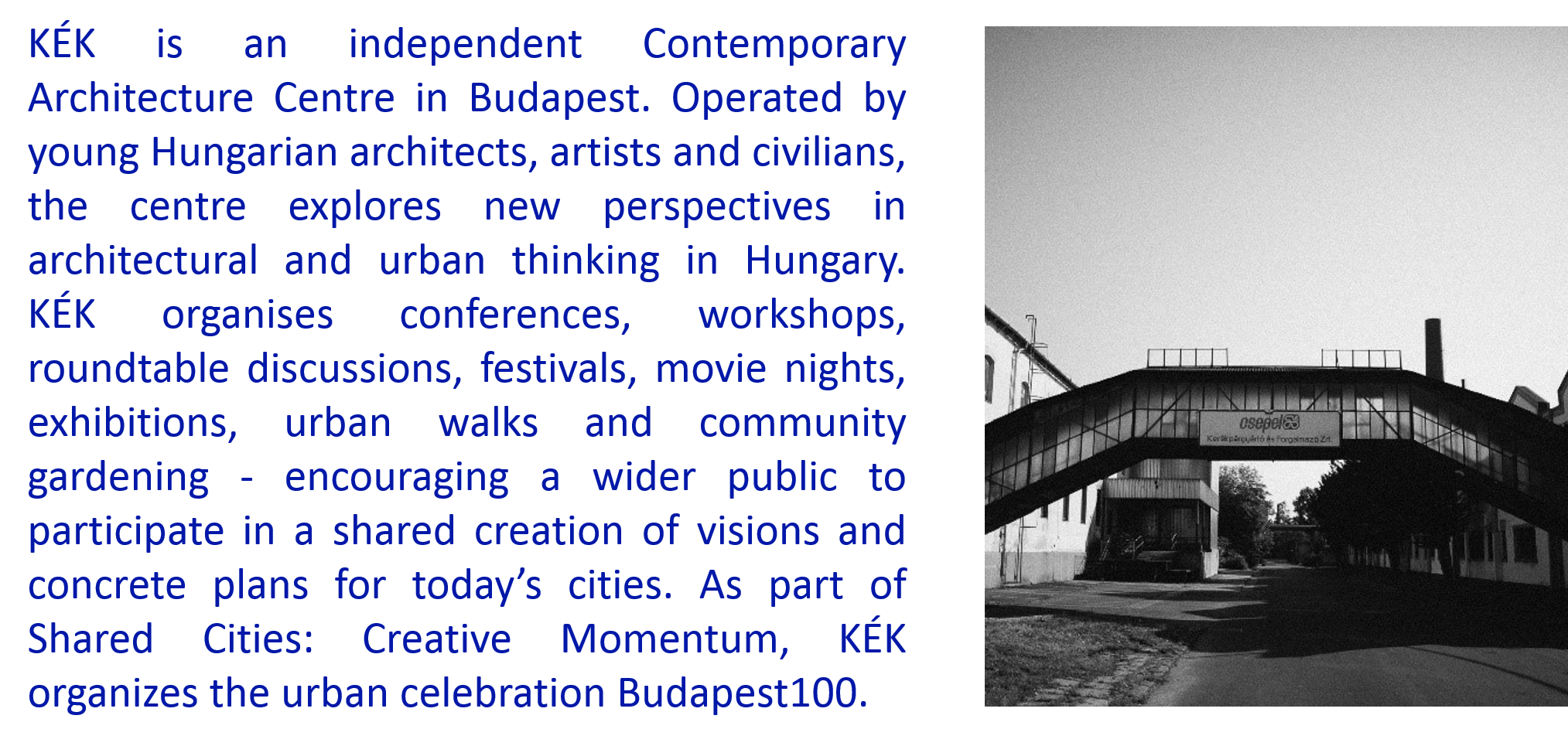
© Bence Szemerey
Part of your project is to develop a brand of the island and to contribute to a common vision. What’s your place-making strategy for the Csepel Island?
There is a strong brand present already – Csepel is still well known in Hungary as a bicycle and motorcycle brand. Since the 1930s their iconic bicycles have been one of the most popular consumer products in Hungary. Surprising is, however, that only a few companies build on this brand. We would like to develop its potential.
What did you learn about approaching different types of businesses?
Patience. Also, it took us by surprise how well innovative technologies worked with the stakeholders. We built a LEGO model of the Csepel Works and projected different data and ideas on it. With the right technologies you can pre-model interventions and people are fascinated. Finally, I recommend organizing local events to get people interested in your project.
Interview took place on November 21, 2018 in Prague

LEGO model of the Csepel Works. © Gergely Schöff

"DOES EVERYTHING ALWAYS HAVE TO BE ASSESSED?" No. But when cultural work is financed with public funds, there is a necessity to evaluate.
Prague Permanent link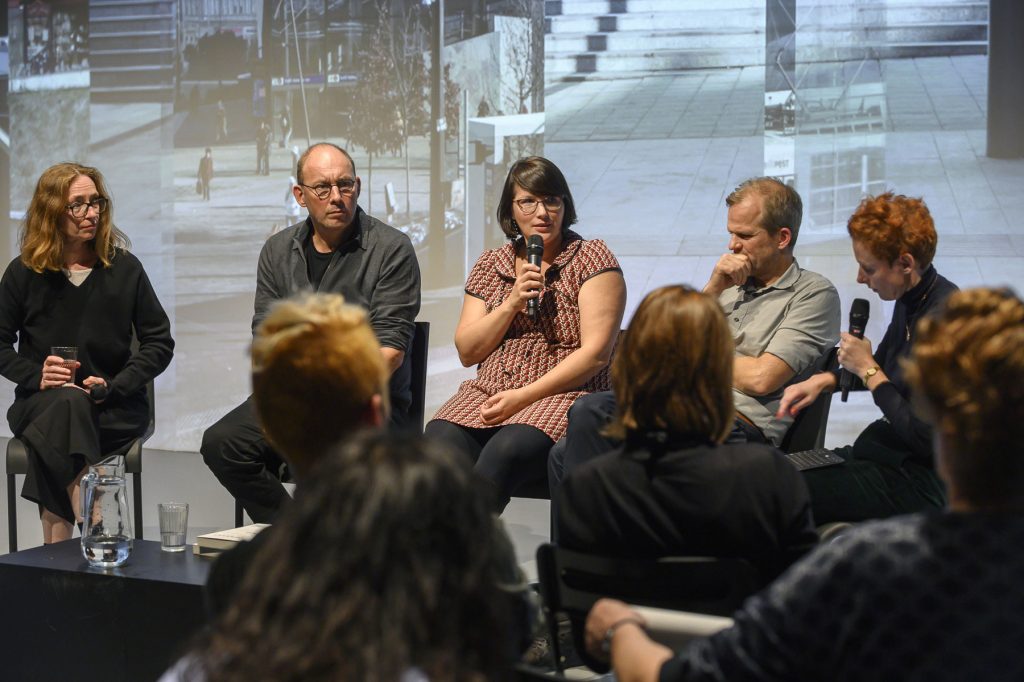
The one-day programme was based on discussion formats with renowned European architecture theorists, curators and urban researchers.
Prague Permanent link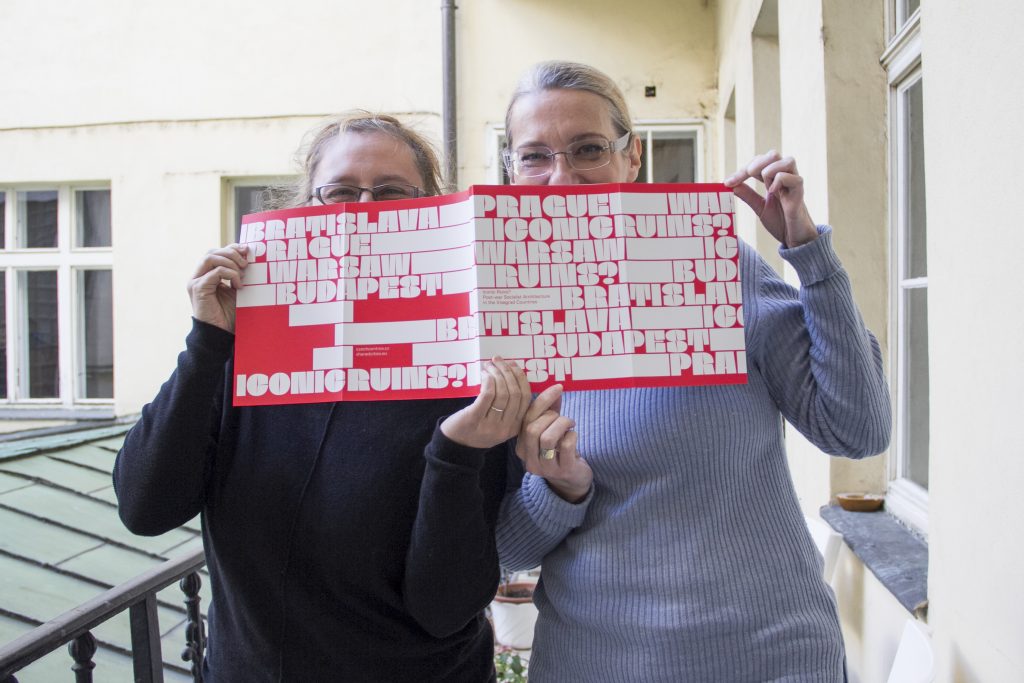
Within Shared Cities: Creative Momentum the Czech Centres realized the "Iconic Ruins?" exhibition and an economic impact evaluation of the project. How does the future of the exhibition look like? What are the benefits of having an economic analysis of the project? Find the answers in the interview with Ivana Černá and Sandra Karácsony from the Czech Centres / Česká Centra in Prague, Czech Republic.
Prague Permanent link